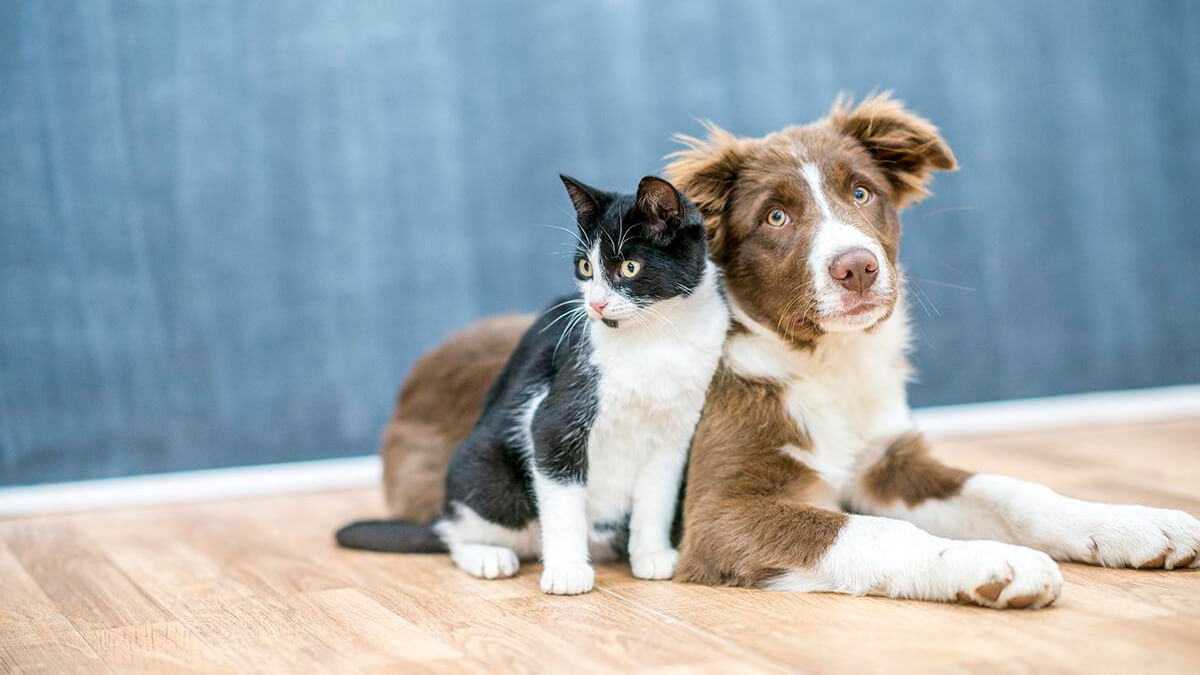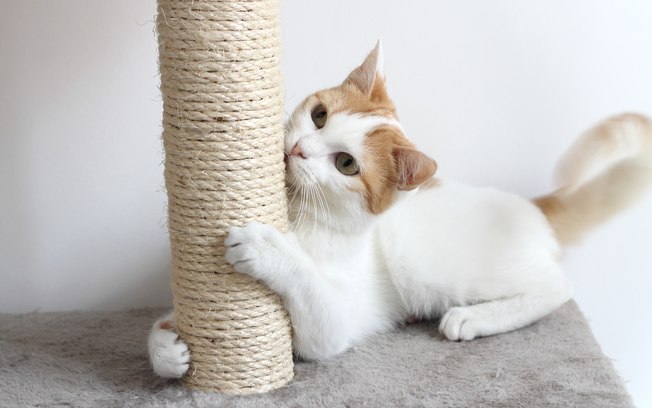
Moving countries is not easy for anyone, not even for pets. However, environmental enrichment for dogs and cats can help with adaptation.
Dogs and cats, despite being domesticated, descend from wild animals and therefore have primitive instincts.
In the wild, they spend most of their time foraging for food, hunting, avoiding predators, and interacting with a challenging environment.
Therefore, being alone or closed at home can make these animals show behaviors that are not natural to their species, such as stress and anxiety.
If you want to know more about environmental enrichment and how it can help you move to another country, continue reading this article that PETFriendly Tourism prepared for you.
What is environmental enrichment?

Environmental enrichment is a technique used to make the place where dogs and cats live more challenging, fun and attractive.
In this way, this method is essential for them to maintain their wild instincts and be stimulated as if they were in nature.
Through some changes in the environment, pets start to use their five senses more, in addition to spending energy and having more fun.
The environmental enrichment for dogs and cats is indicated for various times, including when moving to another country.
Just like humans, animals also suffer from changing environments.
Therefore, implementing some environmental enrichment techniques can facilitate adaptation.
How important is environmental enrichment for dogs and cats?
Easy access to food and limited space make pets gradually become sedentary.
In addition, it also reduces their ability to hunt or interact with other animals.
environmental enrichment for dogs and cats is therefore essential for them to be psychologically stimulated and maintain primitive characteristics.
The technique prevents the stress and anxiety that moving to another country can cause pets.
In addition, environmental enrichment is also useful in the adoption of a new animal or in the arrival of a baby in the family or in the change country.
Types of environmental enrichment

There are five types of environmental enrichment:
- Social;
- Food or nutrition;
- Sensory;
- Physical;
- Cognitive.
1. Social
This type of enrichment is the most common, as it helps animals to interact with other pets and with humans.
This way, it can be started when the dog is still a puppy and is suitable for those who spend most of the day alone and closed.
2. Food or nutrition
Environmental food enrichment uses food as a way to stimulate animals. It can be done by introducing new snacks, or changing place or time of feeding.
When having to look for food or find new ways to reach it, the animal starts to develop its hunter behavior.
3. Sensory
In this type of enrichment, the dog or cat is encouraged to use, through toys or other artifices, the five senses:
- Smell;
- Tact;
- Hearing;
- Smell;
- Vision
4. Physical
Its objective is to make pets, especially dogs, spend more energy and become more agile, smart and, therefore, healthier.
Thus, it is recommended to use challenging structures, such as obstacle courses, in the environment to make them exercise and remain agile.
5. Cognitive
This environmental enrichment for dogs and cats uses games, toys or situations to stimulate their ability to solve problems and find solutions.
Advantages of environmental enrichment
Environmental enrichment makes animals exercise more and, therefore, spend more energy, positively influencing their behavior.
In addition, environmental enrichment for dogs and cats still:
- Increases the confidence and self-esteem of animals;
- Makes them expend physical and mental energy;
- Develops their primitive instincts;
- Develops intelligence and agility;
- Decreases fear and aggression;
- Among others.
4 tips for putting environmental enrichment into practice
To make the environment more challenging and pleasant not only for the dogs, but also for the cats, the ideal is to invest in games and special toys.
With simple ideas that entertain and stimulate animals, it’s easy to put environmental enrichment into practice.
However, it is important to point out that environmental enrichment does not replace the regular walk of pets.
1. Smart toys

There are some toys, usually found in pet stores, designed to distract and stimulate animals.
You can put a treat that the pet likes and it will be trying to reach the food.
This type of toy can also be made at home. Just put a food in a pet bottle full of holes.
The goal is to make the animal have difficulty catching the food, but manage to reach it.
2. Hide food
To put into practice occupational food enrichment, you can remove the feeder from the animal’s sight for a few days and thus hide the food around the house.
The pet will feel the need to feed and will have to use its instincts to find food.
3. Put on songs for the dog
According to a study published in the International Journal of Biology, use Classical music or heartbeat can calm dogs
This sensory technique is great for animals that need to be alone longer, or have recently moved to another country.
4. High Stimuli for Cats
Cats love to play in high places, which also gives them more security and pleasure. Therefore, to encourage them, use raised surfaces, shelves and shelves.
Scratching posts are also essential to entertain and de-stress cats. In addition, they make it possible for animals to wear out their nails.
Using cardboard boxes is also a way of putting into practice environmental enrichment for these animals.
Cats love to hide inside them, and depending on where they are placed, they can make playing more challenging.
How long does it take for the animal to adapt to the new routine?
The time for the pet to adapt to its new routine will depend on each animal and, therefore, it may take some time.
Therefore, you can make some records to assess the animal’s progress towards environmental enrichment.
If you are moving or want to know more about environmental enrichment for dogs and cats, contact PetFriendly Turismo to find out about consulting.





You must be logged in to post a comment.